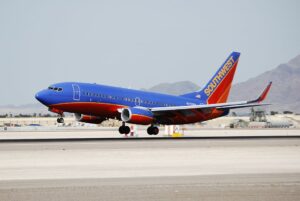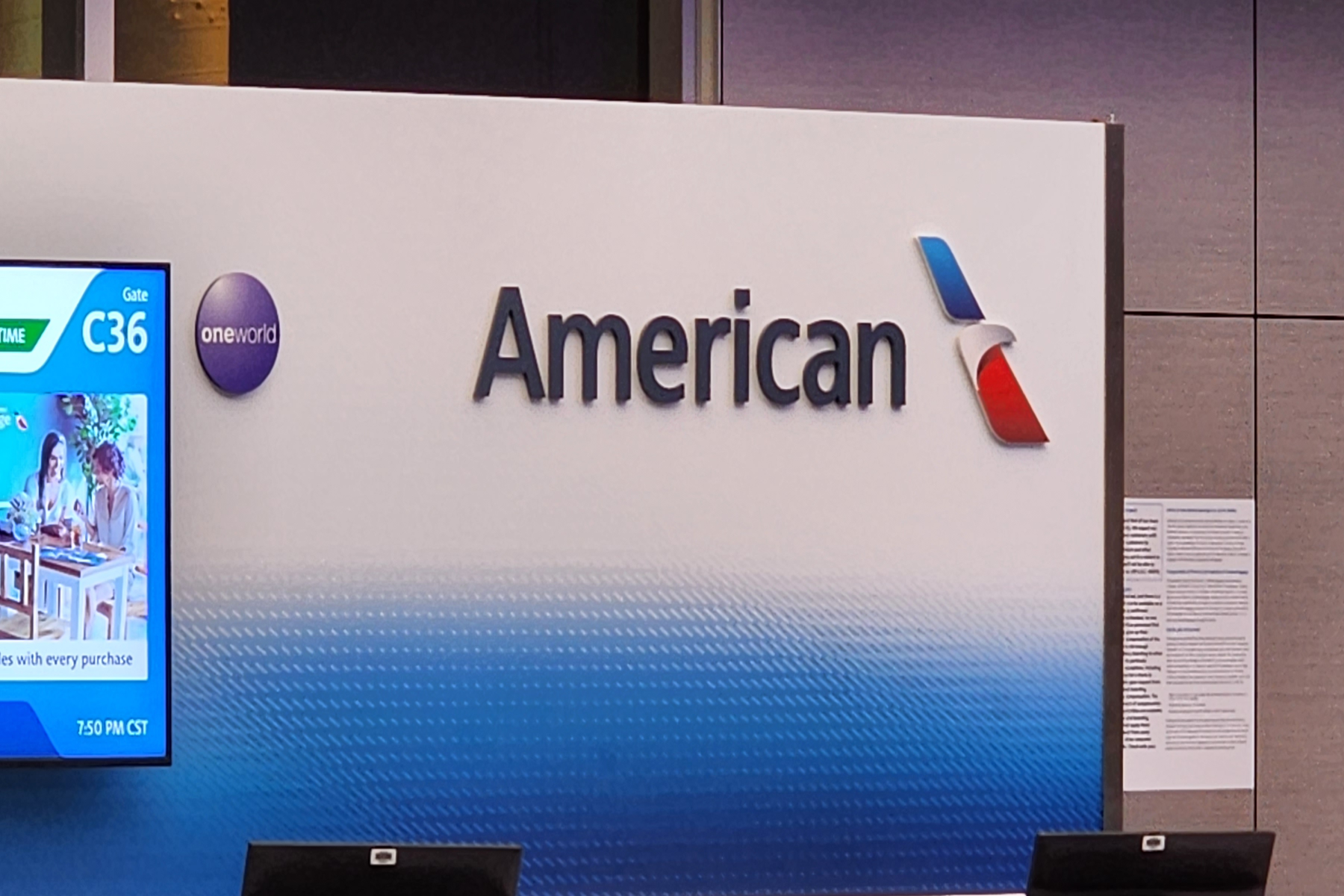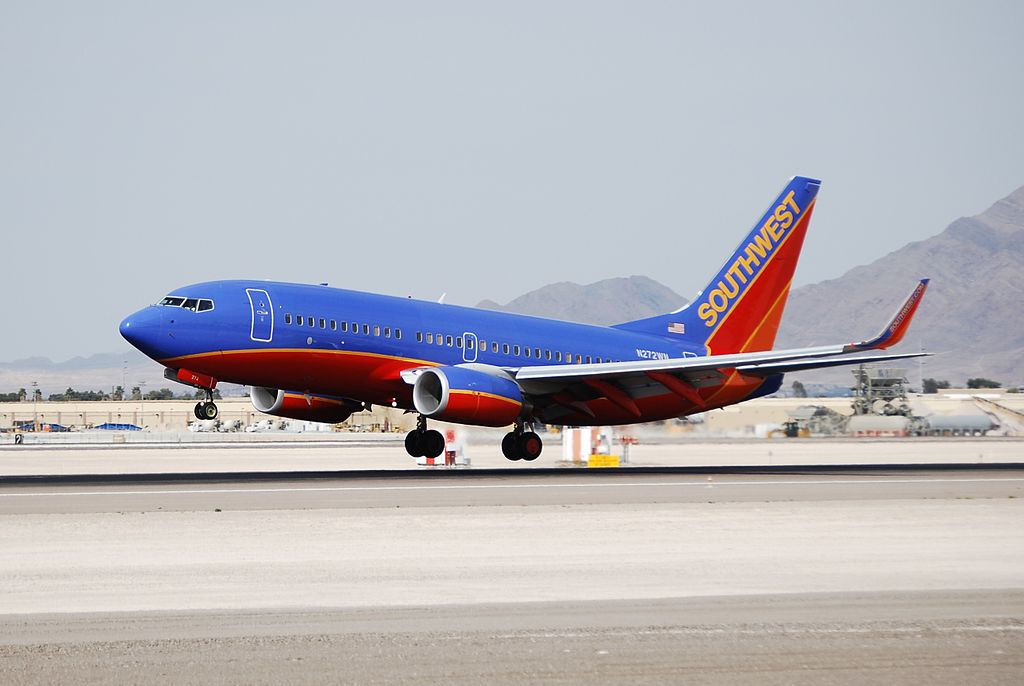The Unfriendly Skies: Why Is There a Shortage of Females on the Flightdeck?

In the United States in 2018, only 5% of all commercial pilots were female. Minorities accounted for an even tinier percentage. In the same year, there were less than 100 African-American female commercial pilots worldwide. It’s often stated that one of the biggest hurdles to attracting females into the pilot profession is a catch-22: there aren’t many women flying, and because they aren’t particularly visible: other women don’t know its an option. Is it really that simple, though?
“I Didn’t Know Becoming a Pilot Was an Option for Girls.”
Kate Richards, an Australian pilot, certainly agrees. She feels that women know they are perfectly capable of becoming a pilot and have no problem challenging “the boys” in terms of this capability. However, she states that many young women don’t even know that it’s an option, particularly if they are from a non-aviation family.
It seems, though, that airlines just haven’t hit the elusive formula on the head – how to get more women into aviation. Despite this, there are some laudable efforts to increase participation underway. The Amy Johnson Initiative—run by EasyJet—aimed to increase the number of new entrant female pilots to 12% by 2020, a goal it achieved in its first year. It is now looking to achieve 20% by 2020, a massive increase compared to most airlines. A large number of flying schools and universities in the United States are starting to target a female demographic as a pipeline into training schools, enlightening young minds (some at elementary school level) to the long term career options available to them.
India is one place that seems to be bucking the trend—although it still has a long way to go. In 2017, 11.6% of all pilots registered in India were female. There are a few contributing factors to this situation: India has good maternity leave benefits, allowing 26 weeks paid leave to female pilots, and some airlines (including Indigo) offer flexible working opportunities to working mothers. Indigo runs a crèche for its employees and has a system that allows office jobs to be allocated to pregnant pilots if they are unable to fly. These pilots are compensated for any loss of income resulting from the shift to a desk job. Attitudes in India towards females in aviation are also fairly liberal. Kshamta Bajpa, a pilot for Air India, stated in 2019 that “urban India has stopped differentiating between what a girl should pursue as a career and what a boy should do”.
It’s Not a Question of Capability
In 1996, a study indicated that accident rates for female and male pilots were around the same. This isn’t a surprise. While the traveling public still seems to experience occasional shock when they see a woman flying a plane, standards of training are the same across the sexes. Aviation is no different than bus drivers of different genders having to follow the same procedures. While men and women have different strengths—a 2000 study noted that men were more spatially aware when flying, and women quicker to respond in an emergency—the individual differences between genders are not significant enough to warrant either of them being shut out of the market. A 2006 Australian study revealed that female pilots achieved higher test scores overall, but that both males and females de-emphasized female capabilities across the board.
The worldwide pilot shortage could potentially be rectified by utilizing the female population, alongside their capable male counterparts. The current inability of most commercial airlines to recruit and retain female pilots is a massive issue and can constrain growth and hinder expansion by failing to capitalize on women’s skill sets.
As increasing numbers of young women start to fly commercially, will we see any radical changes to the world of aviation? No. We shouldn’t see any change at all, barring a female voice talking over the loud-speaker of the plane. It seems ridiculous to even have to state it, but, as noted earlier, the requirements for pilots are non-gender specific competency-based measures. Males and females are trained to the same standard, and in fact, it’s one of only a few industries offering pay equality for males and females.
So, why the problem? Women are capable enough to see themselves as pilots—though they might downplay their abilities—and female-targeted marketing of aviation careers is becoming more widespread. Shouldn’t females be flocking to aviation in droves?
There’s Just That Minor Issue of Culture
An Apache helicopter pilot, Major Seneca Peña-Collazo, summed it up nicely when he surmised that it was women’s presupposed physical inferiorities are routinely seen as a precursor for failure in a male-dominated profession. Throw in the concept of a lack of female ‘emotional coping’ mechanisms into the mix, and opinions become even grimmer.
Female pilot Kimberley Perkins describes aviation as “a good old boys club, which is a homogenized network of people that look and think alike.” To be fair, you do want pilots to think and act similarly – the job is, after all, a highly procedural based role, which doesn’t’ exactly encourage creative thinking. Perkin’s comments aren’t entirely misplaced, though. There are still members of the flying public that are keen to keep the old boys club functioning.
Just five years ago, a female WestJet pilot was handed a handwritten note, found on a plane she was flying, reading ‘The Cockpit of an ainlier (sic) is no place for a woman: I wish WestJet would tell me that a fair lady is at the helm so I can book on another flight’. I’m sure a man who can’t spell the word ‘airliner’ correctly is a paradigm of excellence in society. Sadly, these attitudes remain, and a study in 2017 found that the flying public was generally less willing to fly with female pilots compared to male counterparts. These participants weren’t just male, we should note. There were female passenger participants too, which says something as a whole about society’s perception of women as aviators.
Only Female Pilots Raise Families, Right?
Working as a pilot (or a flight attendant, for that matter) isn’t exactly a family-friendly endeavor. Certain factors can’t be avoided. Long haul pilots aren’t going to be able to pop home in the evening to spend time with their newborns. The fact of the matter, though, is that this impacts both working mothers and fathers. Somehow, though, it is the female pilots that seem to bear the brunt of public opinion on the matter.
In the last few years, some airlines have publicly announced they are thinking of creative ways to support working mothers. This might include, for example, working on local commuting routes to allow working mothers to be home at night. Indigo, as mentioned earlier, offers childcare for the children of pilots. However, given that male-dominated unions negotiate working conditions, breastfeeding may not reach the top of the agenda. At the end of the day, though, the key issue here is supporting all working pilot parents, regardless of gender.
A 2011 study indicated that the main challenges to women in flight training—before they even start their commercial career—are a lack of acceptance, self-efficacy resulting from social reinforcement, lack of social support, and stereotyping. If this is what they face before they ever step into a commercial cockpit, you can see why many would never bother to begin.
Some state that discussing sexism in aviation is preventing us from solving the problem, which in itself presents an interesting argument. Do we really expect that attitudes towards women are naturally going to change without intervention? That women will all of a sudden start to become attracted en-masse to flying planes, for no apparent reason? Like crime, poverty, or ignorance, sexism won’t just fade away because we decide to ignore it. Ignorance is only bliss for the privileged.
Will You Reinforce the Stereotype?
This article, without a doubt, will draw the types of remarks that I am sure women in aviation have had to face for the last 30 or 40 years. In themselves, those comments are likely to support the widely accepted notion that women pilots are subjected to sexist comments and behavior from colleagues and passengers. This, compounded with the attractiveness of aviation as a career, is a major issue. With high loans and a stressful operating environment, aviation careers are becoming less attractive to the Western world of workers every year.
Why would young people, in a technologically driven world, want to big pay money to train for a job that demands a very specific skill set, which in time is likely to be displaced at least partially by automation? This issue applies regardless of gender. As described by FlightGlobal, this “sounds not so much like a career that ends with a generous pension, as a recipe for being left with nowhere to go when the next technology revolution – or the whim of a cost-cutting boss on a huge salary and hefty bonus – leaves you unemployed.”
By continuing to marginalize women in aviation, though, we will only compound this issue. In 2018, 47% of the US labor force was female.
It’s safe to say that we are missing a big opportunity.

























Nice summary... “by continuing to marginalize “.... Is that really the argument that you feel your story makes?
Agree with others... this is a sexist article with little basis in fact. As others have mentioned, far fewer women are interested in being a pilot. (It is not an easy life.) As for other suggestions to give specialized treatment so moms can be home at night. There is a word for it. Sexism. What about single parent dads? Pilots, that take care of their parents? Flying an airliner has a lot of perks... and a lot of negatives. It is a package deal. DeltaFlyer123 - you are citing a reference to the 1950s/1960s? You do realize THAT is 40-60 years ago?!?! Even your UA example is completely dated. (And you have no idea who wrote the negative articles. It could have been 2-3 sexist a-holes from wherever. It could have been other pilots. It could have been other women. You simply DONT KNOW.)
I think the statistic about African-American women worldwide is meaningless. Why would there be an expectation that there would be African-American women (or men) or non-African-American women (or men) anywhere but America? The only place you should "expect" there to be some of these people would be in America, not the rest of the world.
Nice sensational "filler" article to fire-up the 70% of silent humans that are getting more pissed by the day of the of this politicized crap. Just like Bspeaker mentions, they're making a problem out of a non-problem.
Who is preventing middle-aged, white, hetero males getting a job as a FA?